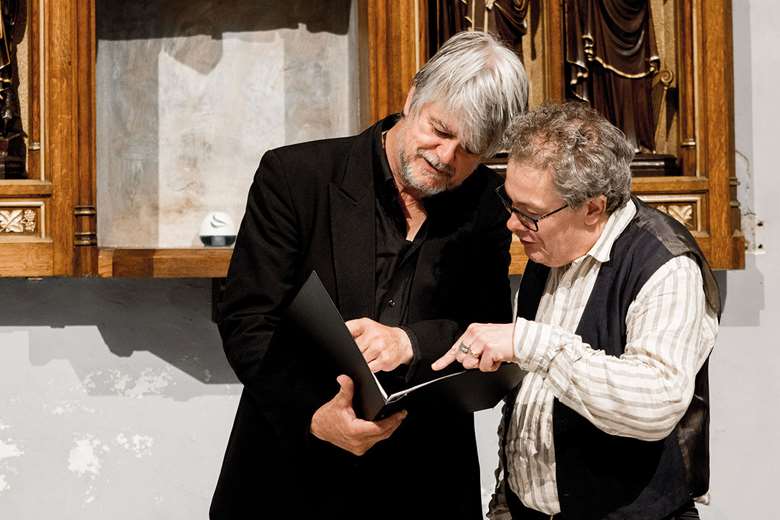The delicate art of reconstructing a Renaissance Mass
Fabrice Fitch
Friday, September 6, 2024
As well as attending sessions for a recording of Obrecht’s Missa Scaramella, Edward Breen learns from Fabrice Fitch about the fascinating process of reconstructing an incomplete Renaissance work

Register now to continue reading
Thanks for exploring the Gramophone website. Sign up for a free account today to enjoy the following benefits:
- Free access to 3 subscriber-only articles per month
- Unlimited access to our news, podcasts and awards pages
- Free weekly email newsletter











